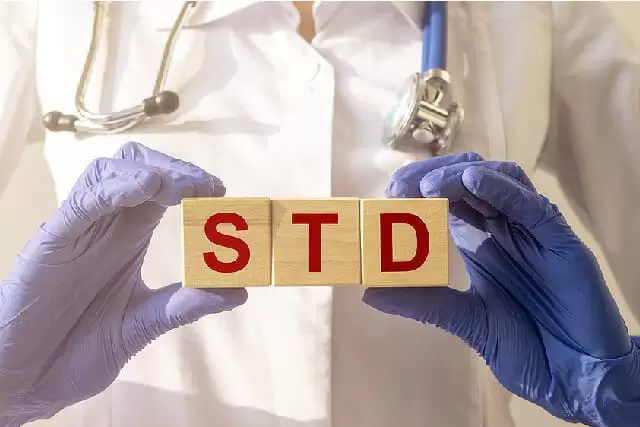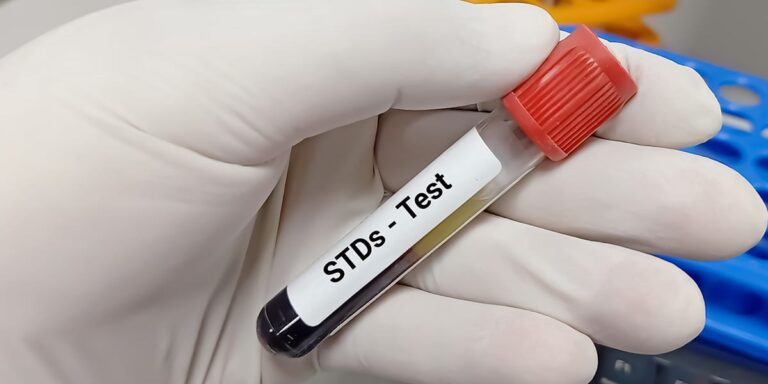How long do STD tests take?
Sexually transmitted diseases (STDs) are a significant public health concern, affecting millions of people worldwide. Prompt and accurate testing is crucial for early detection and treatment. However, many individuals are unsure about the duration of STD tests, leading to anxiety and uncertainty. In this comprehensive guide by Hope Across The Globe, we will explore the different types of STD tests and provide valuable insights into how long they typically take. By understanding the testing process, you can better prepare for your STD test and alleviate any concerns you may have.
Understanding STD Testing Methods:
When it comes to STD testing, there are several methods available. The choice of method depends on the specific STD being tested for and individual preferences. Here are some common types of STD tests:
Blood Tests:
Blood tests are used to detect antibodies or other markers of infection in the blood. These tests are commonly used for HIV, syphilis, and hepatitis.
- Enzyme-Linked Immunosorbent Assay (ELISA): ELISA tests detect antibodies and usually require a blood sample. This test usually takes about one to three days for results to become available.
- Western Blot Test: The Western Blot test is a confirmatory test for HIV, used after a positive ELISA result. It may take a similar duration as ELISA, with results available within a few days.
- Rapid Plasma Reagin (RPR) Test: The RPR test is commonly used for syphilis screening. It is a quick test, providing results within a few hours.
- Urine Tests: Urine tests are non-invasive and can detect the presence of certain STDs. These tests are commonly used for chlamydia and gonorrhea.
- Nucleic Acid Amplification Tests (NAATs): NAATs are highly sensitive and accurate urine tests. They detect the genetic material of the bacteria or virus causing the infection. Results are usually available within one to three days.
- Polymerase Chain Reaction (PCR) Tests: PCR tests provide rapid results and can detect small amounts of genetic material. They are often used for chlamydia and gonorrhea testing. Results are typically available within a few hours.
Swab Tests:
Swab tests involve taking samples from the affected area to detect the presence of STDs. Different swab tests are used for different parts of the body, including the vagina, urethra, and rectum.
- Vaginal Swab Test: Vaginal swab tests are commonly used to test for STDs such as chlamydia and gonorrhea in females. The duration for vaginal swab tests can vary, but results are often available within a few days.
- Urethral Swab Test: Urethral swab tests are used to detect STDs in the urethra, primarily in males. Results for urethral swab tests are typically available within a few days.
- Rectal Swab Test: Rectal swab tests are used to detect STDs in the rectum, primarily in individuals who engage in receptive anal sex. Results for rectal swab tests may also take a few days to become available.
Urine Tests:
Urine tests are generally non-invasive and involve providing a urine sample for analysis. The sample is sent to a laboratory for testing, where the presence of STDs is detected through genetic material or other markers.
- NAATs: Nucleic Acid Amplification Tests are highly sensitive and accurate. Results are usually available within one to three days. Some laboratories may offer expedited processing, which can provide results in a shorter timeframe.
- PCR Tests: Polymerase Chain Reaction tests provide rapid results, often within a few hours. This makes them particularly useful for immediate diagnosis and treatment.
It’s important to remember that these timeframes are estimates and can vary depending on various factors. Some clinics may offer same-day or rapid STD testing options, which can provide results within a shorter timeframe. Additionally, the availability of results may also depend on the specific laboratory or healthcare facility you visit.
Tips for a Smooth Testing Experience
To ensure a smooth and timely STD testing experience, consider the following tips:
- Research Testing Facilities: Look for reputable testing facilities in your area that offer the type of STD test you need. Read reviews, check their accreditation, and consider their turnaround time for results.
- Schedule an Appointment: Make an appointment in advance to minimize waiting times at the Jacksonville STD clinic or testing facility. Some facilities also offer online appointment booking for added convenience.
- Follow Pre-Test Instructions: Some STD tests may require specific instructions, such as abstaining from urinating for a certain period or avoiding sexual activity. Follow these instructions carefully to ensure accurate test results.
- Communicate with Your Healthcare Provider: Discuss any concerns or questions you may have with your healthcare provider. They can provide guidance and support throughout the testing process.
Conclusion:
STD testing is an essential step in maintaining sexual health. While the duration of STD tests can vary, it’s important to understand the general timeframes for different testing methods. By being informed about the testing process and following the tips provided, you can have a smoother and more confident experience. Remember, early detection of STDs allows for timely treatment and helps prevent the spread of infections. Hope Across The Globe encourages everyone to prioritize their sexual health and get tested regularly. Don’t let uncertainty hold you back—knowing how long STD tests typically take can help you take control of your well-being.
Related Tag: STD Testing in Jacksonville FL






